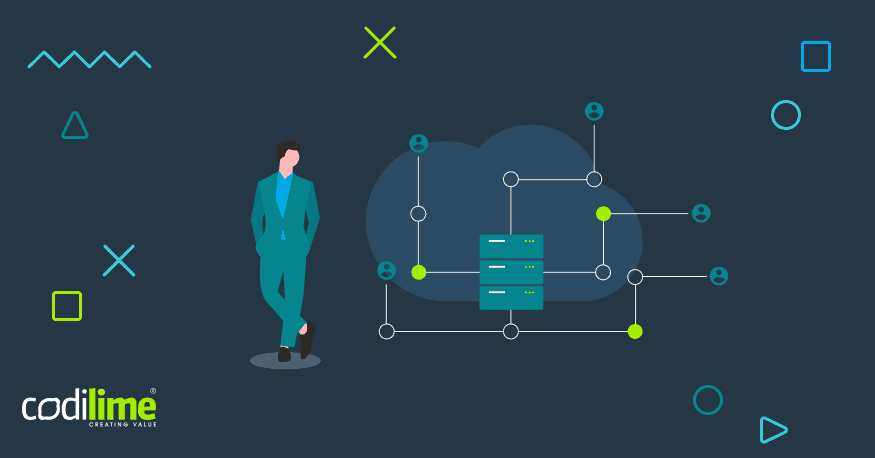Get your project estimate
For businesses that need support in their software or network engineering projects, please fill in the form and we’ll get back to you within one business day.
For businesses that need support in their software or network engineering projects, please fill in the form and we’ll get back to you within one business day.















